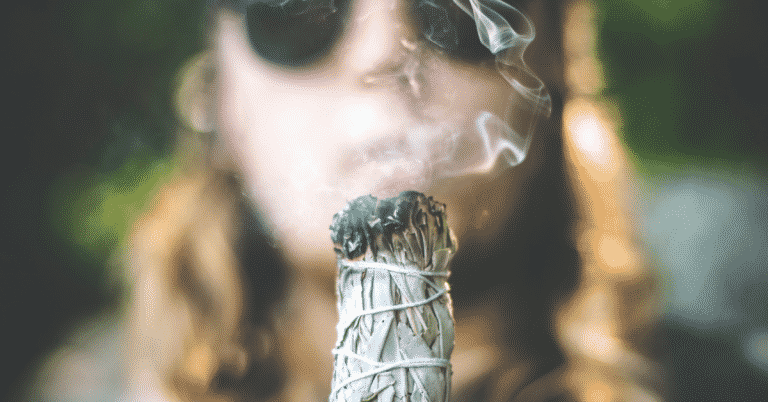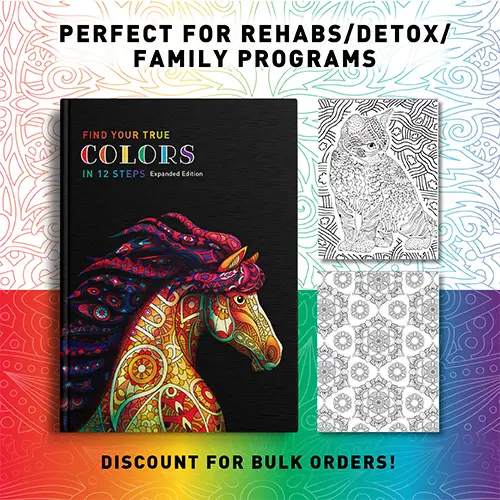Time To Heal From Toxic Relationships
Don’t feel bad if you’ve had toxic relationships. It happens to many. However, if you are still suffering from that toxic relationship, then it may be worth you while to do a little healing.
Healing From Toxic Relationships Is Critical So New Relationships Don’t Suffer!
Ever find yourself responding to someone in a way you don’t mean? You might be bringing past trauma into your current relationship. For example, if someone cheated on you in the past, you might be extra suspicious of a new beau even though they haven’t cheated. If you’ve felt let down or hurt by past partners, it may be an expectation you carry around. But, in recovery, it’s necessary to heal that trauma so you can move on in health.
See, after we find recovery, we often have little or no room left in our lives for the drama that comes with these toxic relationships. Further, even healthy marital and long-term intimate relationships often go through major reconstruction during recovery or face collapse.
This reconstruction often involves healing past wounds to the relationship, redefining role responsibilities, altering daily rituals of communication, and developing new patterns of sexual intimacy. It also involves shedding self-defeating patterns of speaking and acting toward one another that have often become deeply ingrained during the addiction years. Healing from toxic relationships requires two steps.
Step 1 Evaluate Relationships
Needless to say, the drama and disruption of such relationships can undermine the most sincere recovery efforts. Here are some tools to help you examine your relationships. (You can also download this as worksheet below.)
1. Inventory Your Past Relationships
Are there common patterns to how these relationships begin and end? Are you drawn to partners that also have severe alcohol and/or other drug problems? Do you seem to be drawn to a particular type of partner that ends up hurting you emotionally or physically? Does it feel like you keep re-enacting the same painful dramas in your life?
2. Define Your Part In The Relationship
It is good to get to know yourself as a person in recovery before getting into new relationships. Based on the above inventory, complete the following sentence: I need to avoid getting into relationships with individuals who _____________________________________________.
3. Define Early Warning Signs
It may be helpful to work with a counselor or others who have had similar relationship problems. Warning signs are unique for everyone. These tell me I want to avoid starting a relationship with someone.
- __________________________________________________
- __________________________________________________
- __________________________________________________
- __________________________________________________
- __________________________________________________
Early warning signs that tell me I need to get out of a relationship that has begun.
- __________________________________________________
- __________________________________________________
- __________________________________________________
- __________________________________________________
- __________________________________________________
4. Consider Going Solo
This is one way to avoid “jumping from the fryingpan into the fire.” Early recovery requires enormous energy. This is a time requiring a great deal of focus on yourself. If you are not in a serious relationship, consider this as a “time-out” period to get yourself together.
5. Determine What You Want
What I am seeking in a relationship is a man or woman who has the following characteristics:
- __________________________________________________
- __________________________________________________
- __________________________________________________
- __________________________________________________
- __________________________________________________
6. Seek A Relationship Coach
A counselor, friend or peer in recovery can guide you through your first relationships in recovery.
7. Seek Professional Help As Needed
If you find your old relationship pattern continuing, get into a long-term therapy relationship that focuses on breaking this pattern.
8. Put Safety First
Assertively manage your own safety and the safety of your children at all times.
Here are some principles and prescriptions that might be of help.
Step 2 Place Boundaries
1. Individual Healing Must Precede Relationship Healing
Encourage your partner to get help for herself or himself via counseling or participation in groups like Al-Anon or Nar-Anon so that he or she can relearn to trust, forgive past injuries, and resist the urge to control your recovery efforts.
2. The Very Thing Everyone Wants—RECOVERY—Can Threaten An Intimate Relationship
Because of all the feelings and patterns of behaviors that developed during the addiction years, the adjustment to recovery can exert great strain on intimate and family relationships. Expect such strain. It is a normal part of the recovery process.
3. Relational Healing Takes Time
Remind yourselves to be patient with one another through this process. All that is wrong with the relationship does not reverse itself the moment recovery begins. The relationship must recover also, and this will proceed, like personal recovery, in ebbs and flows over time.
4. Relational Healing May Take Professional Help
Such help may increase the prospects of successful recovery and the prospects of salvaging the relationship.
5. Some Relationships Aren’t Salvageable
In spite of the best efforts of those involved, not all intimate relationships will survive the recovery process. When it is clear a relationship will not survive, find a way to disengage from the relationship with as little damage to all involved. This disengagement process may also require outside professional help.
For those entering recovery not in a committed relationship, there are the twin pitfalls of getting involved in another relationship too quickly and getting involved in relationships that are destructive to your personal health, safety and recovery. These pitfalls can be a particular problem for those who have come out of a turbulent family background or who have a history of stormy relationships.
The process of selecting intimate partners is complicated by assortative mating. Assortative mating is the process through which we select intimate partners based on similarities or differences with ourselves. This is a natural process, but can get complicated when we’ve developed a pattern of picking individuals who mirror our own destructive processes. Selecting partners that consistently mirror our own problems or abuse and/or abandon us brings chaos and emotional distress to an already fragile situation—early recovery.
Toxic Relationship Inventory Worksheet – Click To Download
If you love ROR content:
Check out 100
Tips For Growing Up
Follow us on Instagram
Like us on Facebook
Comment on our posts
Tips To Manage Chronic Stress and Burnout
Tips For Children’s Urgent Care Vs ER
Does Childhood Trauma Lead To Addiction





















